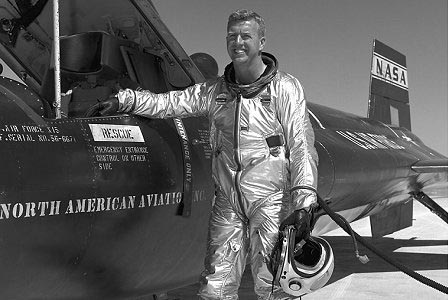
James McDonald, Statement on UFOs to U.S. House Committee on Science and Aeronautics, 1968 Symposium on UFOs This question may come in just that form from persons with essentially no knowledge of UFO history. From others who do know that there have been “a few” pilot-sightings, it comes in some altered form, such as, “Why don’t airline and military pilots see UFOs all the time if they are in our atmosphere?” By way of a partial answer, consider the following cases. (To facilitate internal reference, I shall number sequentially all cases hereafter treated in detail.) Case 1. Boise, Idaho, July 4, 1947: Only about a week after the now-famous Mt. Rainier sighting by private pilot Kenneth Arnold, a United Air Lines DC-3 crew sighted […] Read More
